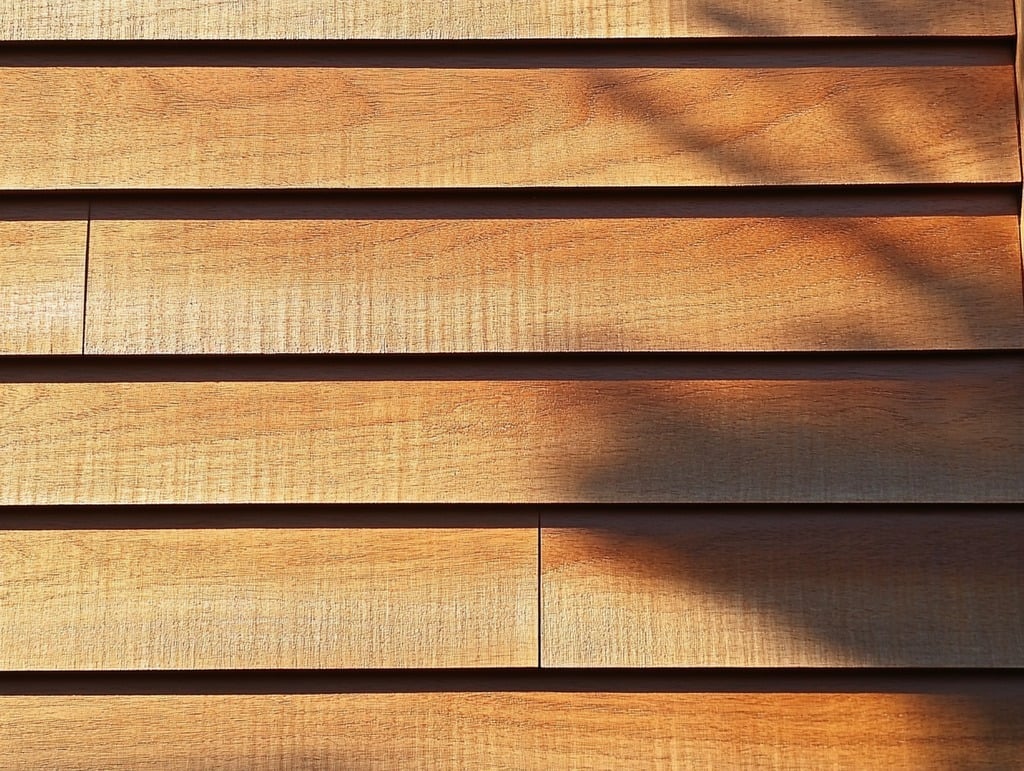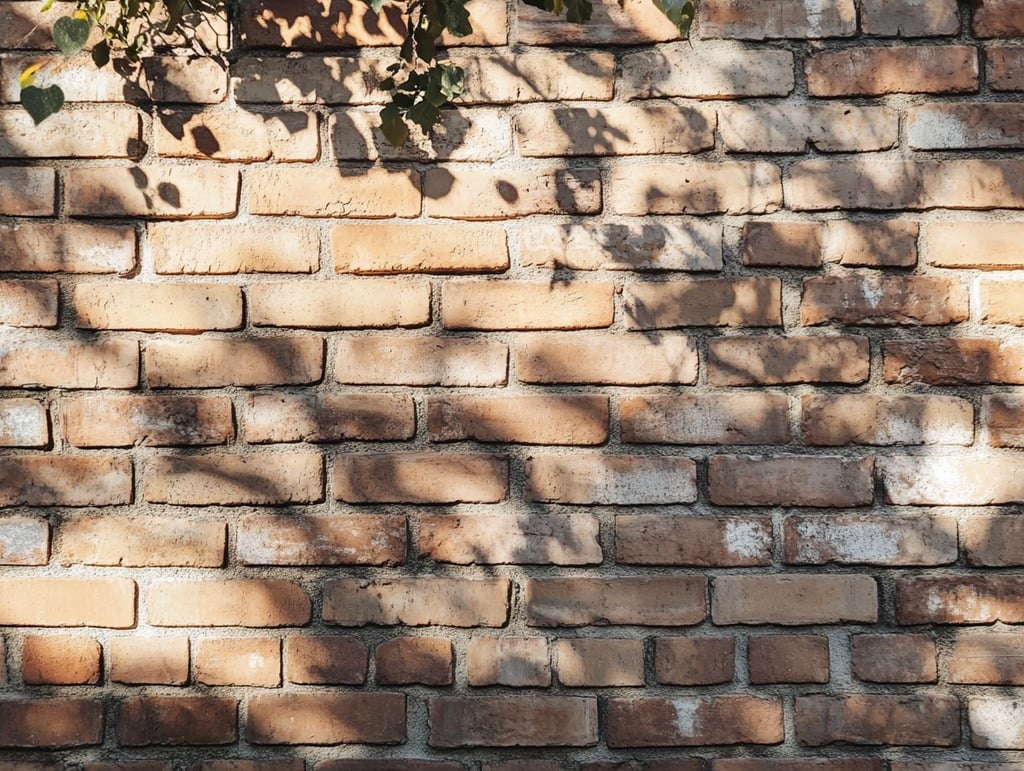Your home’s siding is more than just a decorative feature—it’s the shield that protects against the elements. Whether you have vinyl, wood, fiber cement, or brick, maintaining your siding can prevent costly damage and keep your home looking pristine. But how exactly do you go about cleaning and repairing the different types of siding? Let’s dive into some practical tips.
Types of Siding & How to Clean and Repair Them
1. Vinyl Siding
Vinyl siding is one of the most popular options because it’s affordable, durable, and low-maintenance. But, like everything exposed to weather, it requires occasional care.
- Cleaning Tips:
Use a garden hose to rinse off loose dirt, followed by a gentle scrub with a soft brush and soapy water. Be sure to rinse thoroughly to avoid soap residue. For tougher stains or mold, a solution of vinegar and water can work wonders. Power washing is an option, but be cautious—high pressure can crack the panels or force water behind the siding. - Repair Tips:
Damaged vinyl panels? It’s best to replace the entire affected section. You can do this by using a zip tool to unlock the damaged piece, then snapping a new one into place. Remember, vinyl expands and contracts with temperature changes, so leave some space for movement to prevent buckling.
2. Wood Siding
Wood siding has that timeless, classic charm but requires a bit more TLC than vinyl. Over time, it’s susceptible to rot, insect damage, and general wear.
- Cleaning Tips:
Mix mild detergent with water and scrub gently using a soft-bristle brush. For mold or mildew, add a cup of bleach to a gallon of water and scrub the affected areas. Rinse thoroughly and let it dry completely. To prevent rot, clean gutters regularly to avoid water spilling over onto the wood. - Repair Tips:
For minor cracks or holes, use exterior wood putty to patch up the area, then sand it smooth once dry. For more severe damage like rotten boards, you’ll need to remove and replace the affected panels. Remember to paint or stain the new wood to match the existing siding and provide an extra layer of protection.
3. Fiber Cement Siding
Fiber cement siding is growing in popularity due to its durability and ability to mimic wood without the same maintenance needs. However, cleaning and minor repairs are still essential.
- Cleaning Tips:
A soft brush or cloth and soapy water work well for general dirt and debris removal. Gently scrub and rinse thoroughly to maintain its appearance. Avoid pressure washing as it can damage the surface or remove the finish. - Repair Tips:
Small chips or cracks can be filled with cement patching compound. For larger damage, replacing individual panels is the way to go. Ensure you repaint any repaired or replaced sections to match the rest of your siding.
4. Brick Siding
Brick exudes durability and a rustic appeal. Although brick is highly durable, the mortar between the bricks (also known as pointing) can degrade over time.
- Cleaning Tips:
For basic cleaning, a mixture of dish soap and salt applied with a stiff brush works well. Be careful with high-pressure washing as it can erode the mortar and brick. If you encounter tough stains or mold, use a water and bleach mixture but be sure to rinse thoroughly. - Repair Tips:
If the mortar is crumbling or missing, you may need to “repoint” the bricks. This involves chiseling out the damaged mortar and replacing it with new mortar. It’s a labor-intensive task and might be best left to professionals to ensure the brickwork’s structural integrity.
General Maintenance Tips for All Types of Siding
- Regular Inspections:
At least twice a year, walk around your home and inspect your siding for any signs of damage, mold, or grime buildup. Early detection can save you from expensive repairs. - Trim Nearby Trees and Shrubs:
Overgrown trees or bushes that touch your siding can cause scratches, dents, or promote moisture buildup, which could lead to rot or mold. Keep plants trimmed and away from the exterior walls. - Keep Gutters and Downspouts Clear:
Proper drainage is crucial in maintaining your home’s siding. Clogged gutters can overflow, leading to water damage or mold growth on the siding. - Touch Up Paint or Stain:
If you have wood or fiber cement siding, regular touch-ups of paint or stain will protect the material from moisture, UV rays, and other elements.
Benefits of Regular Siding Maintenance
Maintaining your home’s siding isn’t just for aesthetics—there are plenty of benefits to keeping it in good shape:
- Enhanced Curb Appeal: A well-maintained exterior boosts the overall look of your home and can increase its value.
- Improved Energy Efficiency: Damaged or deteriorating siding can let drafts into your home, increasing your energy bills.
- Prevent Water Damage: Siding that is in good condition will better protect your home from rain, snow, and moisture intrusion.
- Prolonged Lifespan: Regular maintenance ensures your siding lasts as long as possible, saving you from a costly replacement down the line.
FAQs
Q. How often should I clean my siding?
A. It’s a good idea to clean your siding at least once a year, but if your home is prone to mold or in an area with heavy rainfall or pollution, you might want to do it twice a year.
Q. Can I use a pressure washer on all types of siding?
A. Not all siding is suited for pressure washing. While vinyl can handle it at a low setting, wood, fiber cement, and brick require more gentle cleaning to avoid damage.
Q. How do I know if my siding needs repair or replacement?
A. Cracks, warping, missing sections, mold, or extensive damage might require replacement. However, if the damage is minor, such as a small hole or chip, a simple repair might be sufficient.
Wrapping It Up
Maintaining your home’s exterior doesn’t have to be daunting. With regular cleaning, inspections, and a little elbow grease, your siding can remain in great condition for years to come. Remember, a well-cared-for home not only looks great but also stands up to the elements, protecting everything inside.









